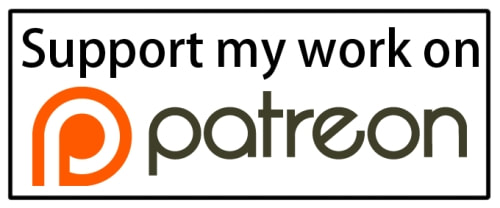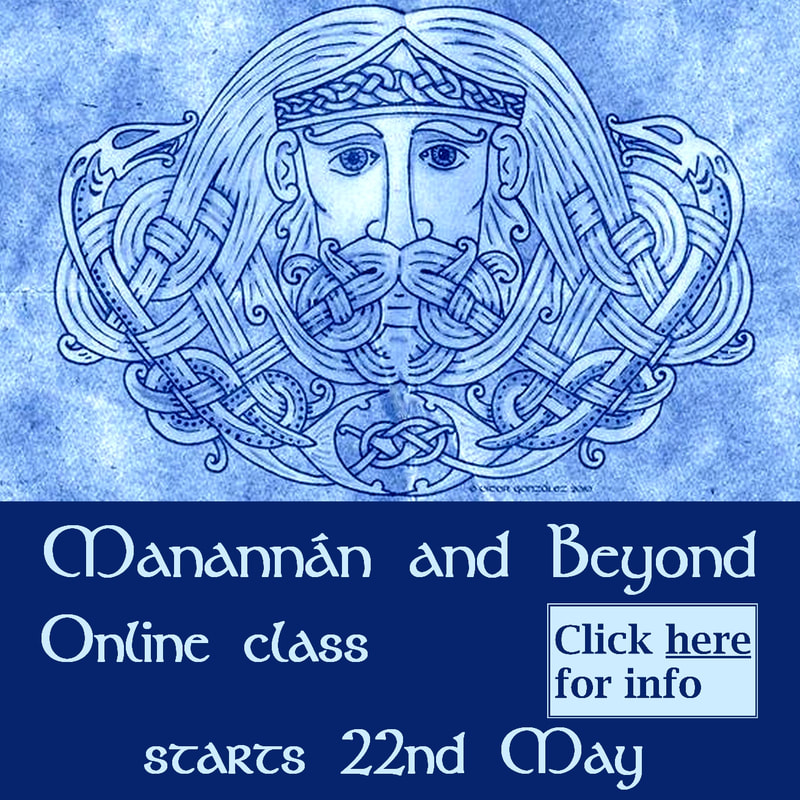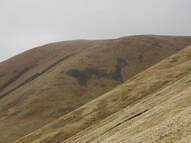
| Sultan the Pit Pony, a 200m long earth sculpture, was completed in 1999, and took landscape artist Mick Pett 3 years to build. Sultan is carved into a former coal tip that has been turned into a park near Caerphilly, in Wales. | The 90m long Folkestone White Horse, in Kent, was designed by artist Charles Newington and completed 2003. The trenches are lined with limestone slabs. A local group has been formed for upkeep. | The 30m high Kelpies form a gateway into a lock and basin on the Forth and Clyde Canal, near Falkirk. Based on Clydesdales, they were designed by sculptor Andy Scott and completed 2013. |

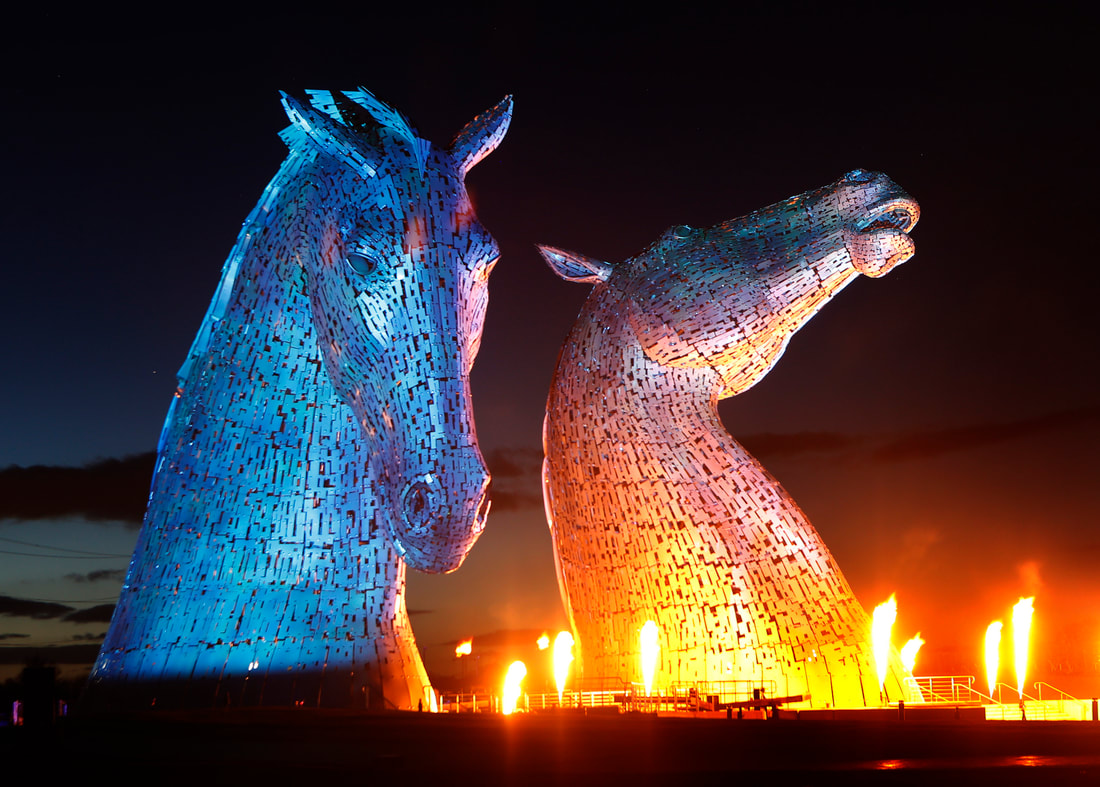
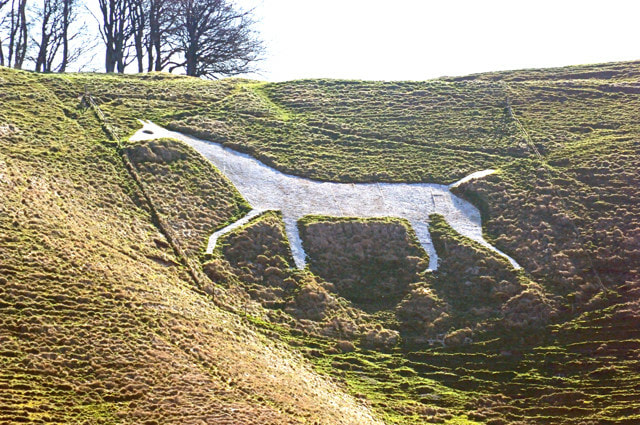
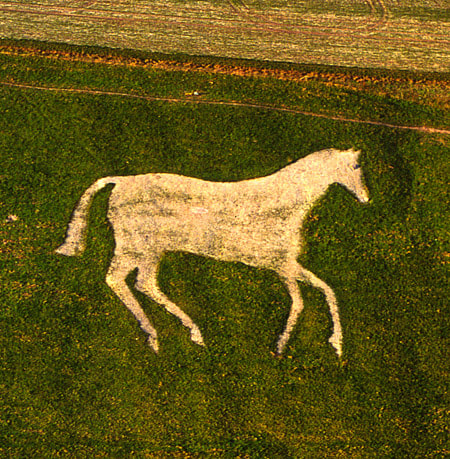
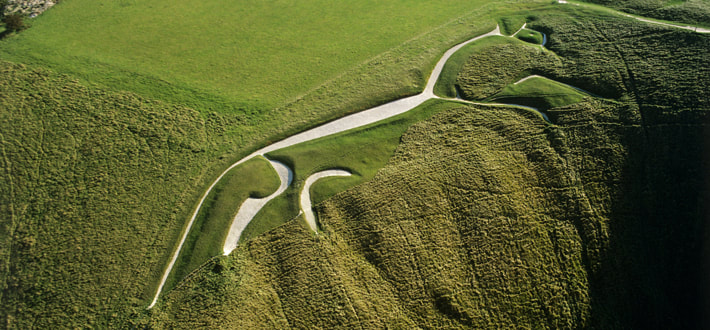
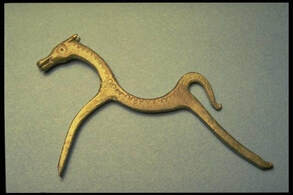
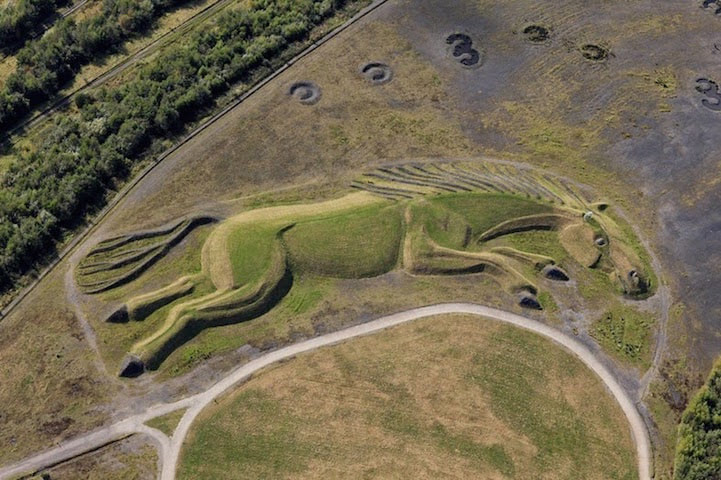
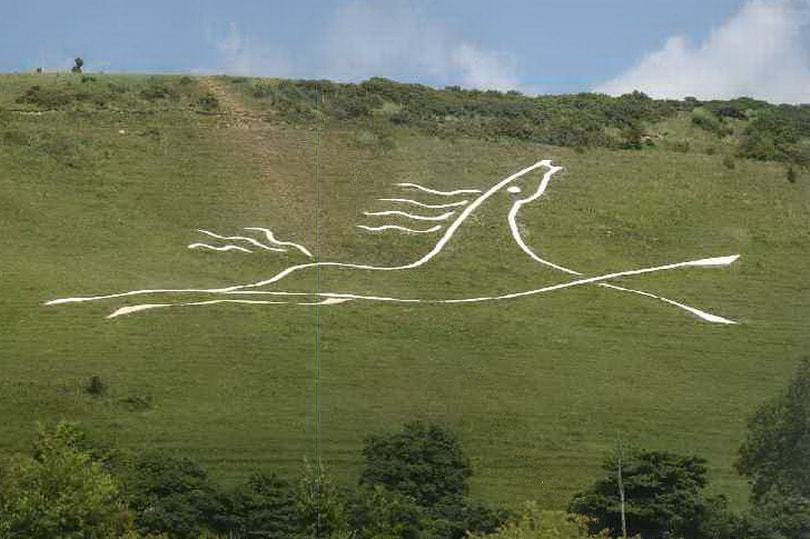
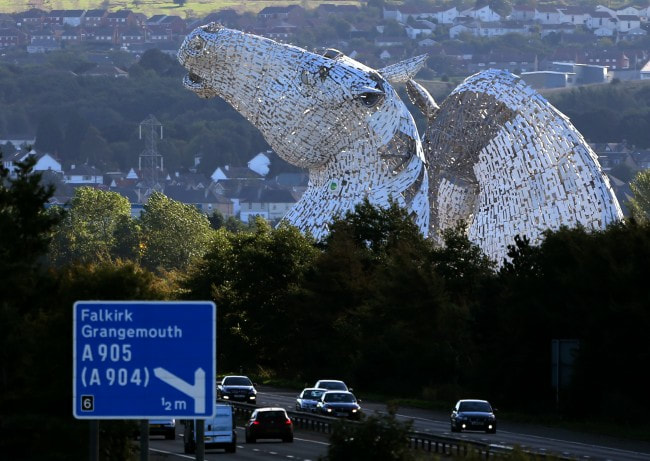
 RSS Feed
RSS Feed


